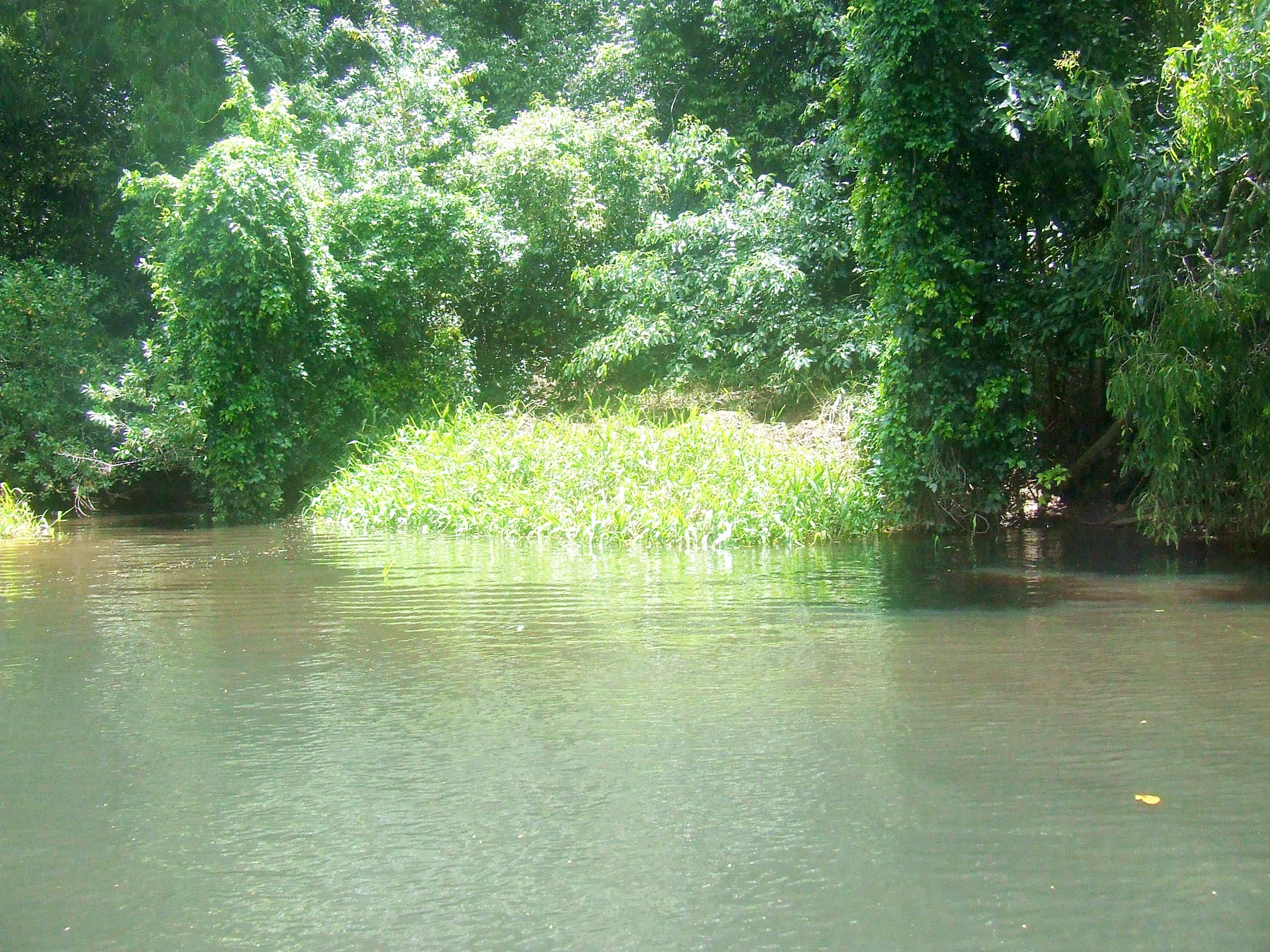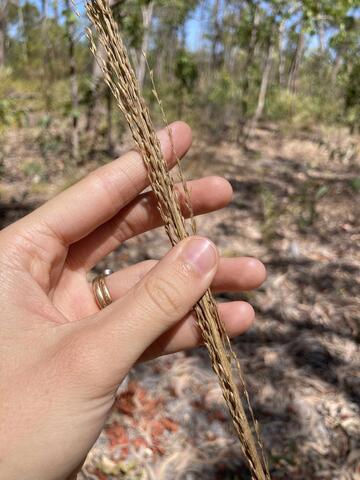01 Jul 2017
Closed
Natural Resource Management Investment Program 2017-2018
The State has allocated $80 million to the regional natural resource management investment program over five years from 2013 to 2018, including $30 million to protect the Great Barrier Reef. The majority of the funding is being provided to support strategic projects delivered through Queensland's regional natural resource management (NRM) bodies. These organisations provide an important link between governments and communities. They also work collaboratively with volunteer and grass-roots organisations (e.g. Landcare), rural industry groups and landholders.
The Cape York NRM program for 2017-2018 continues 3 projects.
Project 1 ‘Improving water quality in Cape York east flowing catchments marine receiving waters’ Maintaining and improving water quality working with East Cape York Grazing and Horticultural communities - to enable graziers and growers the opportunity to improve their practices, understand how this contributes to the regional picture and how to provide data to assist in improving current models.
Project 2 ‘Cape York Paddock to Reef integrated monitoring, modelling and reporting program’
The objective is to measure and report on the regional progress towards the Reef Water Quality Protection Plan goal and targets. Practice adoption, fertiliser and pesticide usage data will be collected from growers in the Lakeland agricultural area and those involved in Reef initiatives across East Coast flowing catchments.
Project 3 ‘Maintaining the reduction of vertebrate pests and weeds on Cape York: Strategic targeted control of high priority regional pests and weeds’
1. Maintenance of Rubber Vine containment line on the Lukin River.
2. Containing pond apple
3. Hymenachne control at Pormpuraaw and sites on the East Coast
4. Gamba Grass eradication and containment in the Northern Area
5. Vertebrate Pest Management West Coast to target vertebrate predators of turtles, eggs, and hatchlings
6. Supporting technical and skills knowledge exchange and training
Projects funded by this investment

Rubber vine decreases biodiversity and prevents access to both stock and native animals.

Rubber vine's ability to quickly spread and colonise areas makes it a threat to many areas of northern Australia.

This project contains and reduces the further spread of established Hymenachne in the Normanby and Annan catchments through control works and mappi

The coastline north of the Pormpuraaw community has an extensive Olive Ridley sea turtle nesting rookery with Pormpuraaw Land and Sea rangers curre


